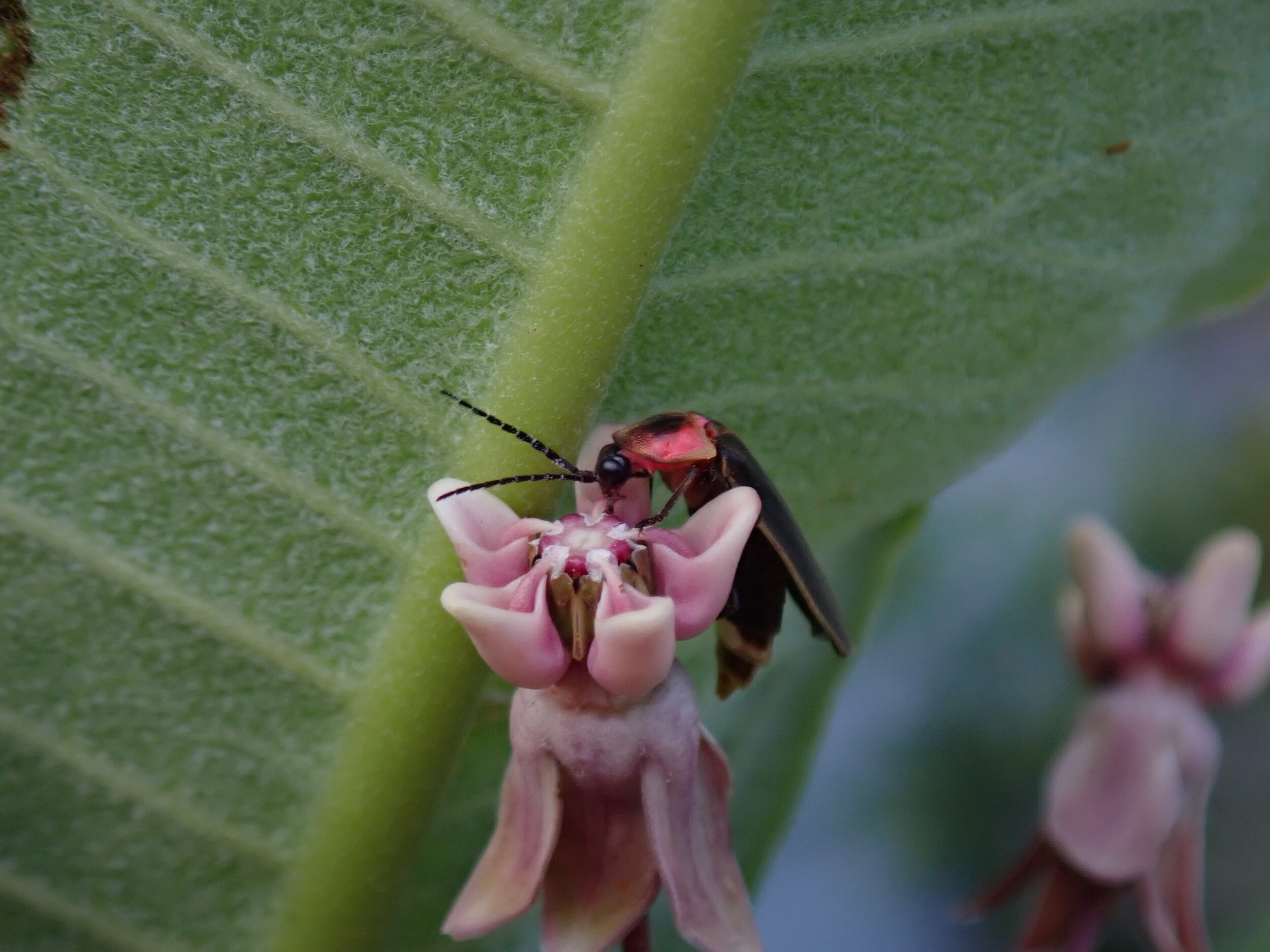We get so much joy out of watching people take pictures of our gardens as they walk by our apartment.
Spring is here in the Northern Hemisphere which means gardening season is well underway. Having spent all winter thinking about what kinds of native plants we want to add to our gardens, my partner and I are always very excited to start germinating seeds and propagating plants. Though we always place the plants at the center of our focus, we would be lying if we said a big part of our gardening obsession wasn’t aimed at attracting wildlife to our property.
There is no denying that gardening, especially with native plants, is the best way to benefit local wildlife in your neighborhood. It doesn’t take much to succeed either. Our landlords are amazing people that allow us a certain degree of freedom to do what we wish with the yard, but they still want to ensure that we maintain something akin to a “traditional” suburban landscape. As such, most of our gardening efforts must be crammed into borders and other highly manicured areas surrounding the lawn. Even so, we are constantly amazed by how much life our plants attract.
I really wish we had the foresight to document insect diversity before we began planting so we could do a before and after comparison, but hindsight is always 20/20. From bees to mantis flies and a hefty population of fireflies, we spend hours each week pursuing the garden to see what kinds of interesting critters are hanging around the yard. The amount of insect life in our garden hasn’t gone unnoticed either.
Leafhoppers and treehoppers are among our favorite insects to see in our gardens.
I remember one afternoon a couple years back, our neighbor approached us to ask if we had seen any bees visiting our tomato plants. Our reply was a very enthusiastic “YES” followed by a rundown of our best estimates on how many different bee species we encountered each day. He seemed a bit bummed and replied that he had yet to see a single bee on his plants. This was a teaching moment that we needed to address as tactfully as possible.
You see, this neighbor is obsessed with mowing and spraying. Save for a few irises near his front porch and two raised beds chock full of tomatoes, no other plants beside grass are allowed to establish on his property. Though completely anecdotal, I can’t help but feel his lack of plants translates in a big way to his lack of bees. We mentioned that all of those “weeds” in our yard that he is always “jokingly” giving us a hard time about are the reason that we have so many bees. Tomato flowers are great but they aren’t around all the time and bees need other food to survive. They also need places to reproduce, which means leaving bare patches of soil around the property and allowing plenty of garden debris in the form of stems, twigs, and leaves to remain in place well into summer.
I am not sure we convinced him to completely change his ways with that conversation, but it definitely got him thinking. He asked if next time we have some spare plants if we wouldn’t mind donating a few so that he can plant them near his tomato beds. We enthusiastically agreed. Though a minor victory, we celebrated the fact that our garden had served as a mini catalyst for a tiny change in someone else’s life.
A firefly stopping for a sip of nectar on one of our common milkweeds (Asclepias syriaca).
With Earth Day coming up this week, the internet is full of quick tips on how to make your life more eco-friendly. There are endless articles available to those looking for advice on green living and sustainable gift ideas. I would like to argue that there is no greener gift than the gift of native plants. It doesn’t matter which species or why, just make sure you pick plants that are native to your region. By establishing native plants in your garden or even in pots on your patio or balcony, you are making a great step in celebrating Earth Day every day. Plants are truly the gift that keeps on giving and you can sleep better at night knowing that they are doing so much more than simply beautifying a space. They are providing food, shelter, and a place to breed for the countless organisms that allow ecosystems to function.
And, as we experienced with our neighbor, native plants can offer so many wonderful moments of inspiration and learning. As I discuss in my book, “In Defense of Plants: An Exploration into the Wonder of Plants,” realizing that native plants and the communities they comprise set the foundation for all other life on this planet set me on a path of wonder and discovery that I have never left. Plants changed my life for the better and by surrounding ourselves with them at all times, my partner and I know that we are doing our part to change the lives of the many organisms struggling to survive in this human-dominated world. So, if you want to live every day like it’s Earth Day, brighten up your life with a few native plants and enjoy all of the wonder and beauty they provide.


